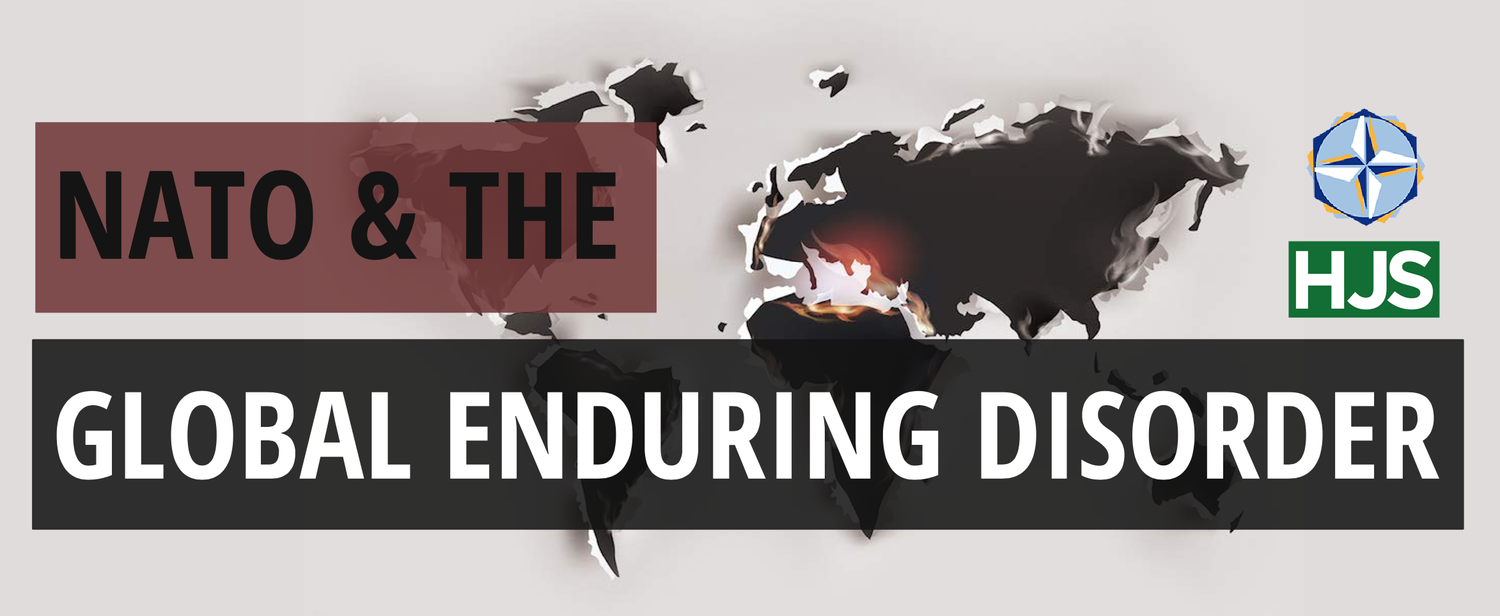The betrayal of Baghdad
Baghdad. Winter is almost over. Traces of Saddam Hussain still litter the city. There is so much chaos, you’d think the Western coalition had never tried to rebuild the place. And, after all these years, it wouldn’t feel strange to meet a Bradley Fighting Vehicle, 21-feet-long, rumbling down Al Rashid Street.
Baghdad was strafed by violence, and then lavished with colossal, almost surreal, amounts of foreign cash. The Americans spent $2 trillion on the war — a good chunk of it on efforts to rebuild the country they had helped to destroy. It was, like many things the US does, almost uncontrollable. Billions in shrink-wrapped $100 bills flowed into the country, and back out again into foreign bank accounts. It was the biggest transfer of cash in the history of the Federal Reserve. In the year after the 2003 invasion, almost 281 million notes, weighing 363 tonnes, were sent from New York to Baghdad.
Is Iraq now the functioning democracy of Washington’s dreams, or a sectarian dystopia? Twenty years on, was it worth it?
David Patrikarakos for UnHerd.


